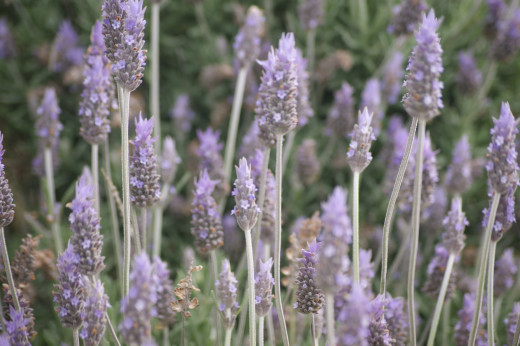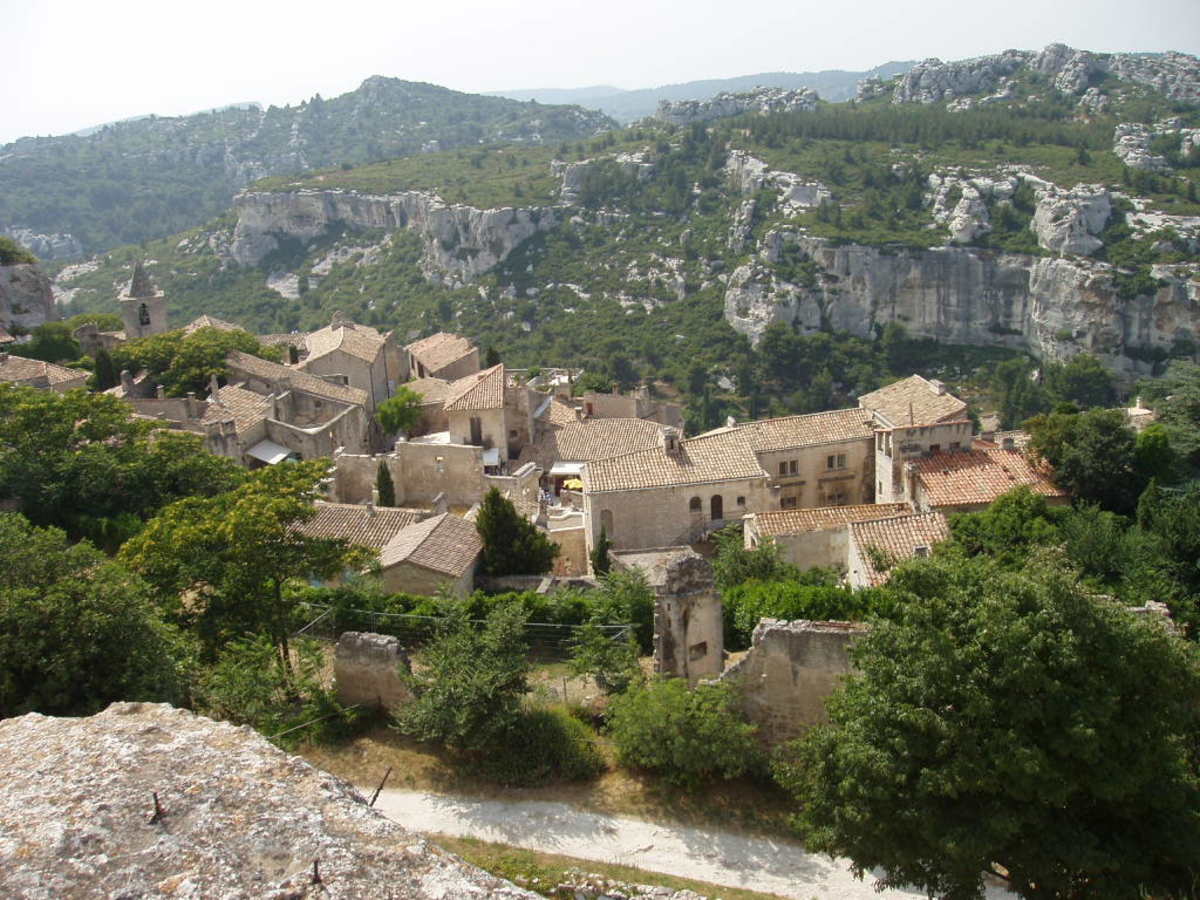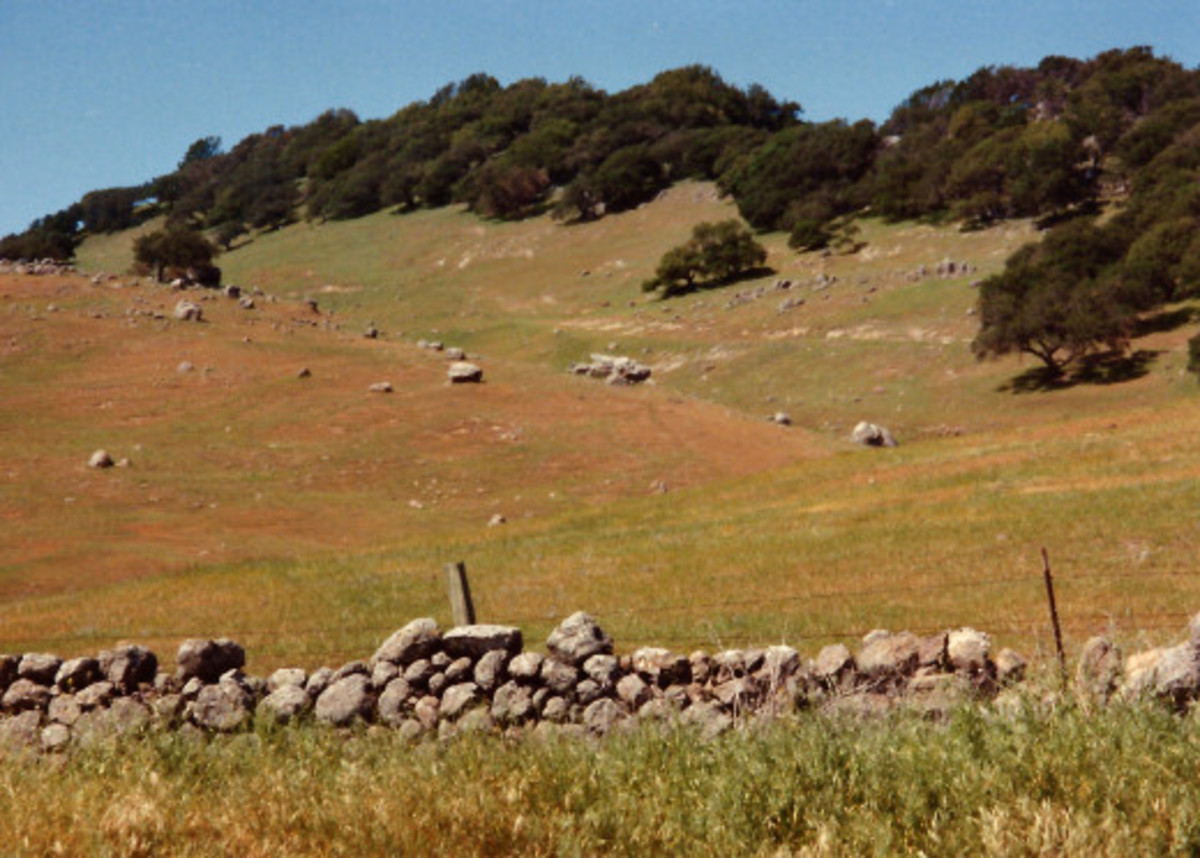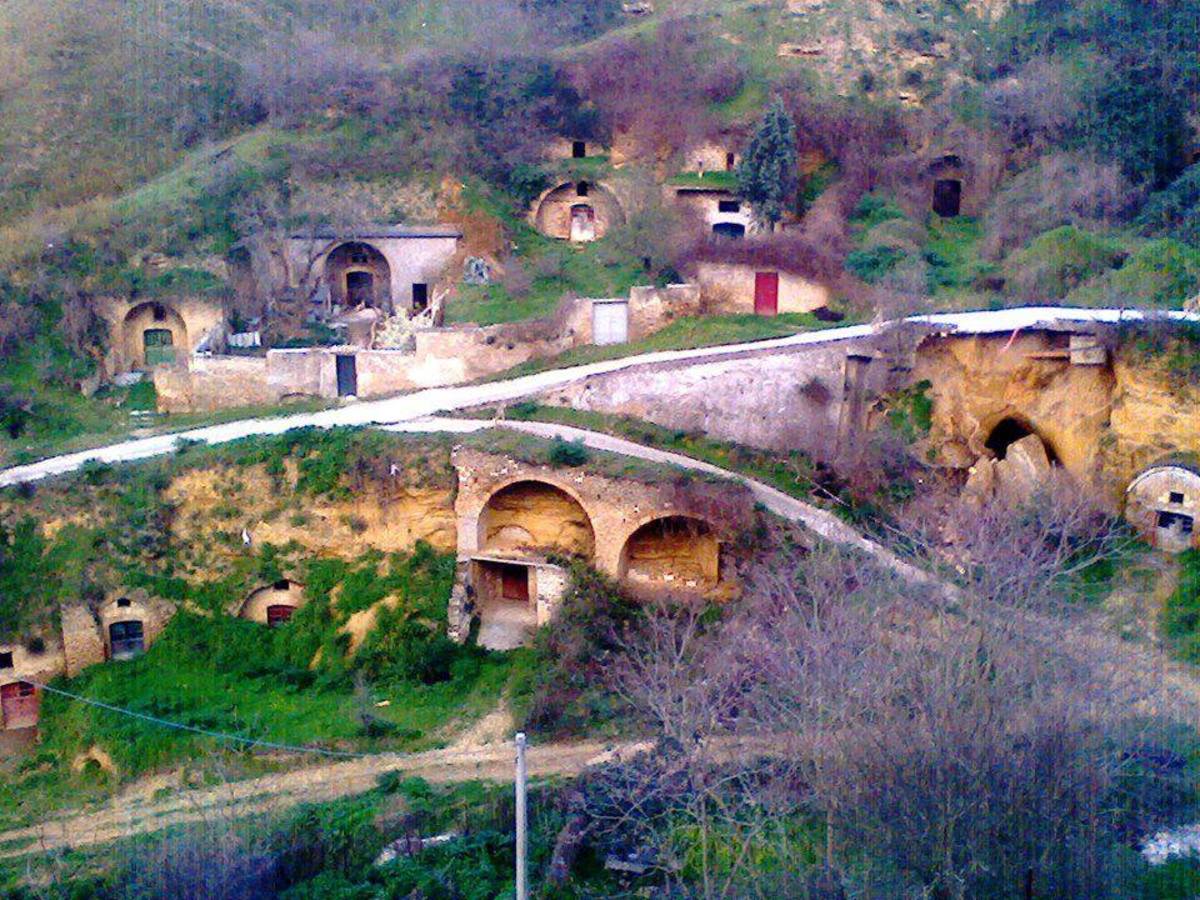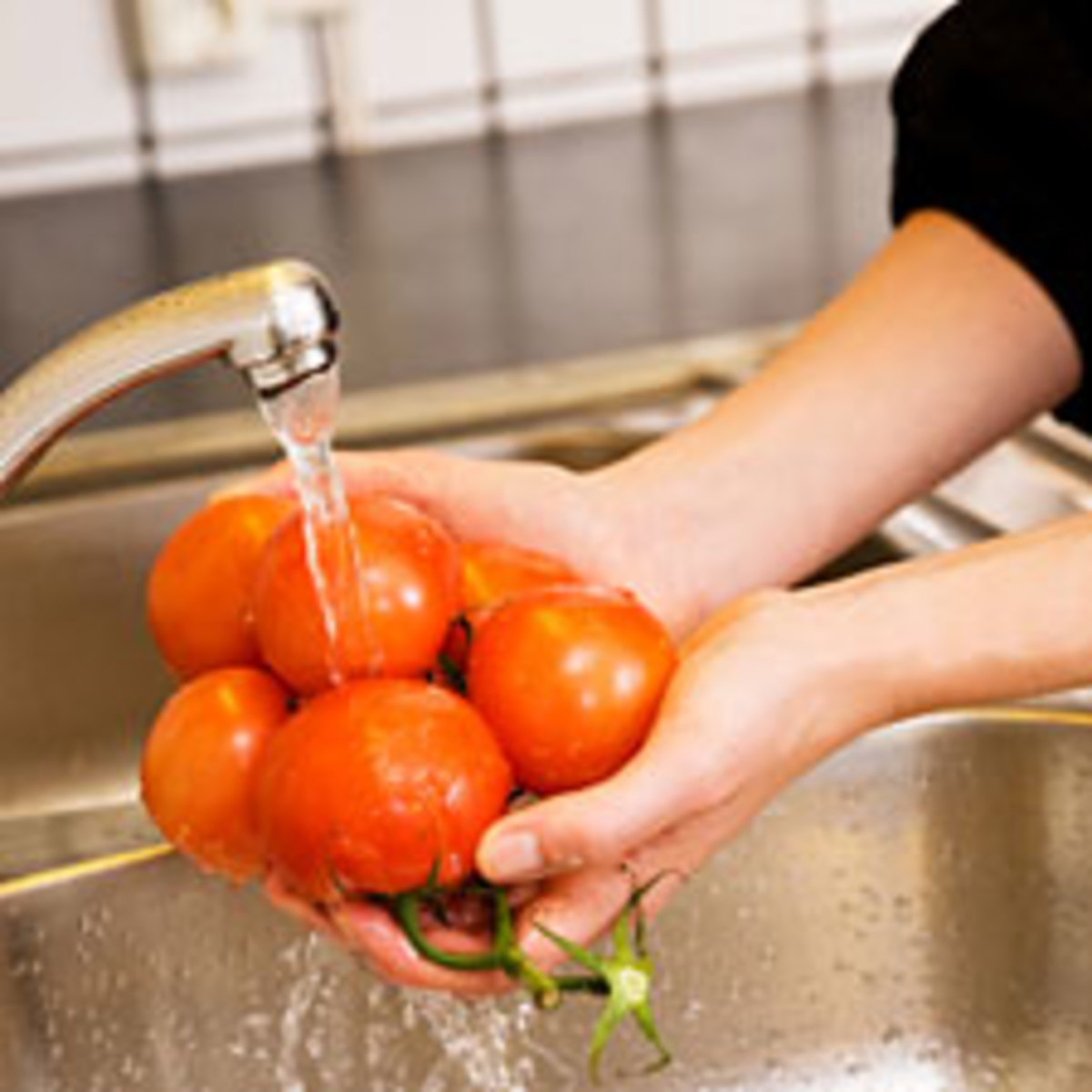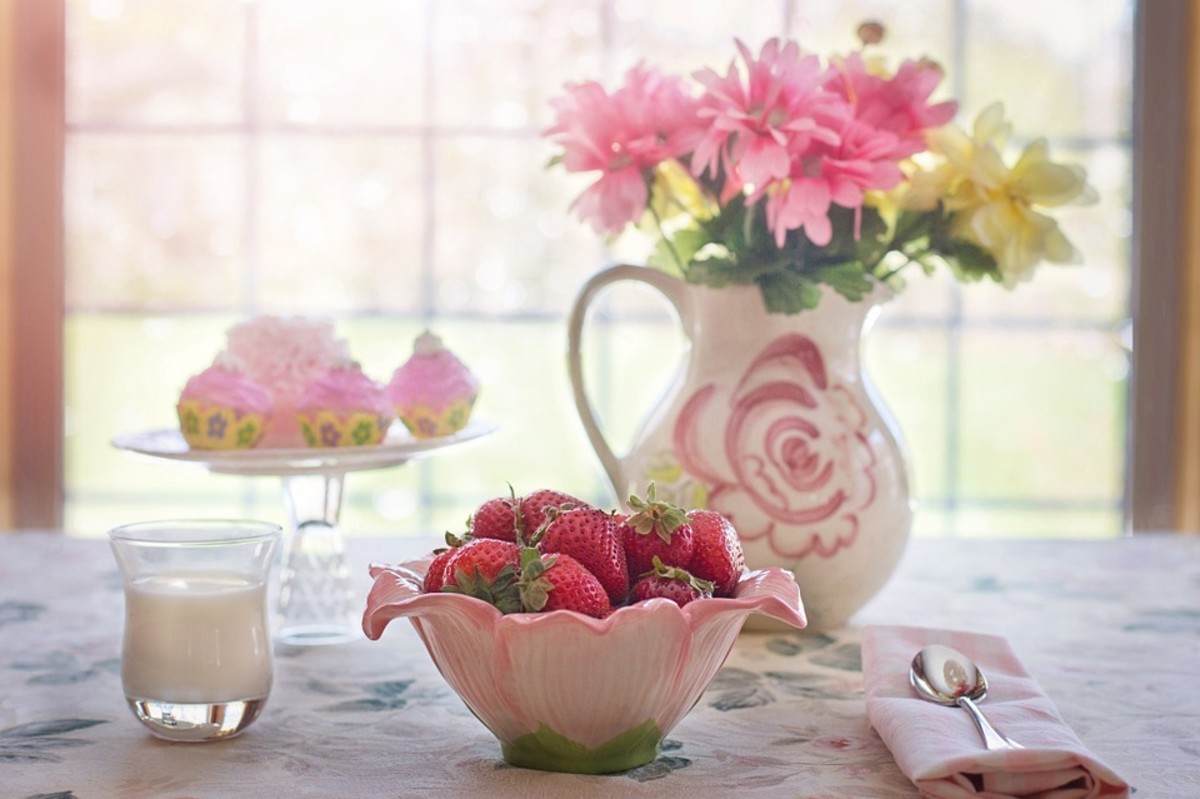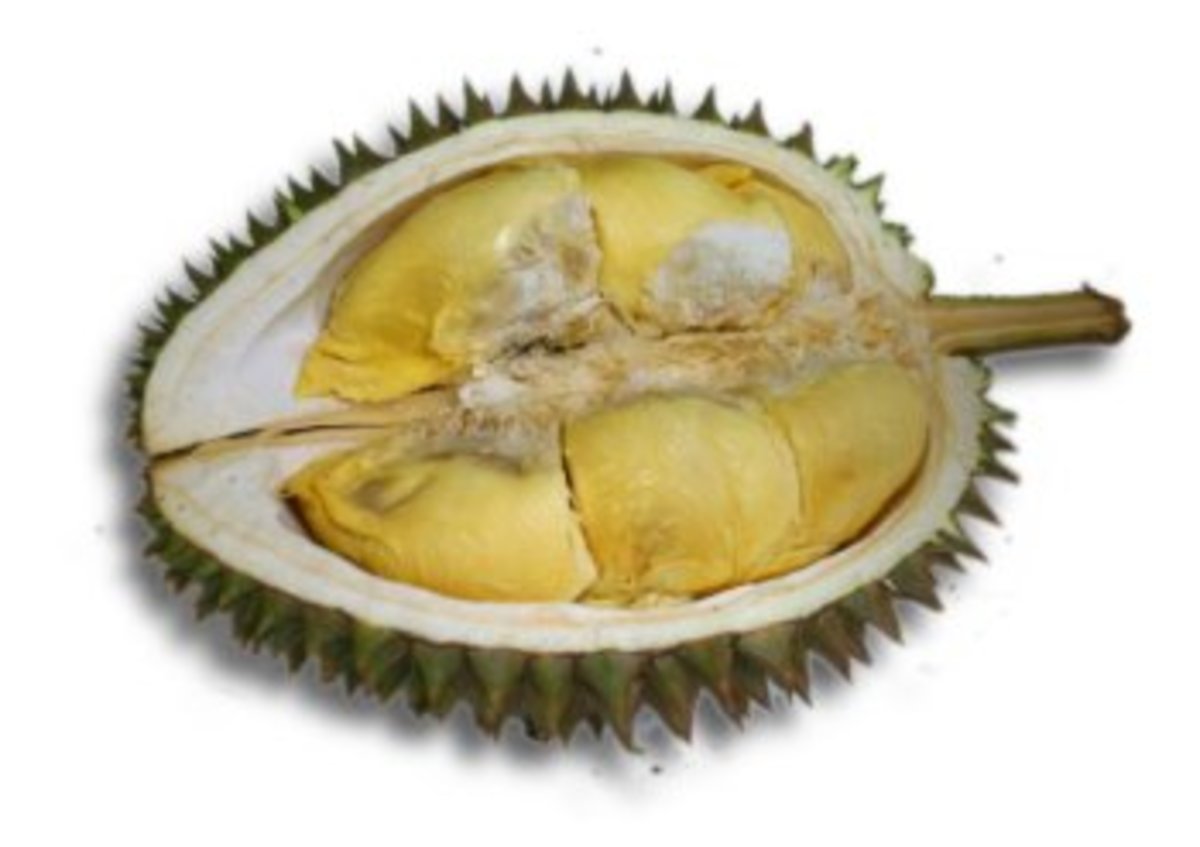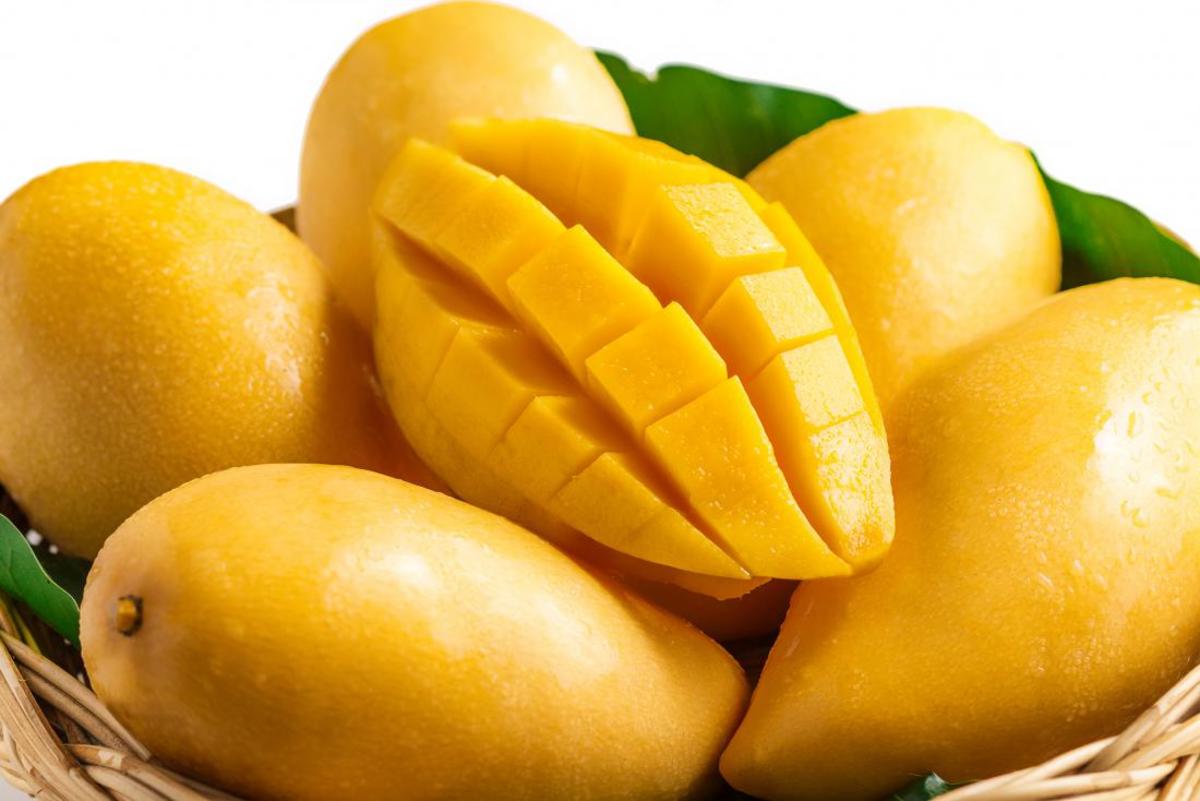Mediterranean Fruits and Vegetables
South Central Dalmatia
Dalmatian Vegetation
The Dalmatian coastal region and its 1189 islands are known for its wonderful climate, mild and warm, with just enough humidity to support a lovely green topography.
It's said that the ancient Greeks brought the olives and grapes here. The area occupied by the Illyric tribe known as the Delmats were the basis for the regional name of Dalmatia. The Delmats were primarily shepherds. The Greeks under Dionysius came in the 4th century B.C. by way of Syracus. They were hoping to establish a colony in the Adriatic, so they could break the Illyric stronghold and control both sides of the Italian peninsula.
After two hundred years of failed attempts, they managed to succeed around 380 B.C. making the first settlement on the island of modern day Vis, which they called Issa. The olive trees, grapes and fig trees soon followed because they were rugged enough to survive with very little soil.
Mother Earth
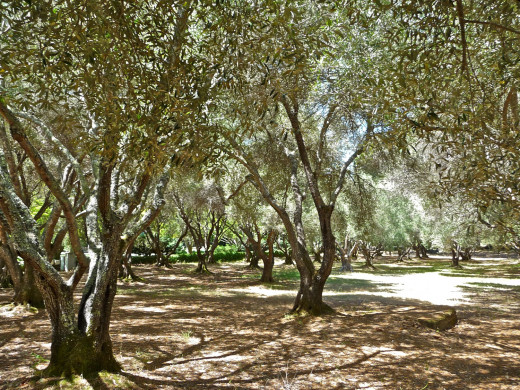
Sun Ripened
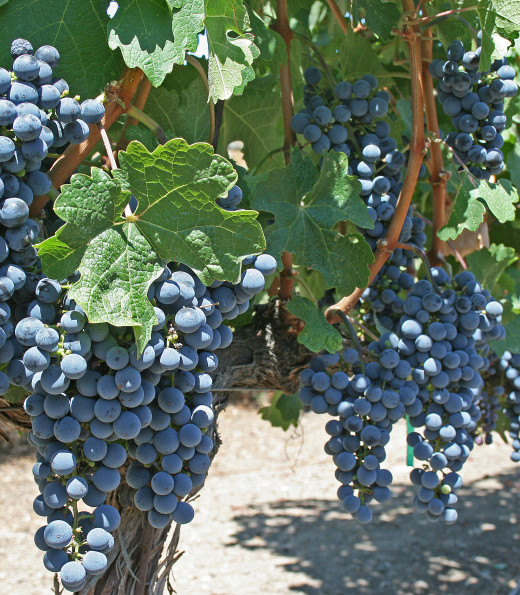
Vi Vino Veritas
On the other hand, grapes can be compared to a wife. If you want delicious, healthy grapes, you must go to the vineyard nearly every day! Grapes have been linked to Dalmatia since the ancient times. The ancient Greeks said that if you drank the wine straight it would make you mad. They added honey, which nowadays sounds a bit strange. Dalmatians add a bit of water to the wine making a drink they call Biwanda. It is supposed to aid in digestion, help raise blood pressure after a nice meal, and lets you drink three glasses afterwards without getting drunk.
Wine from Dalmatia is Mali Plavac, Zinfandel. It is usually referred to by the locals as Black Wine (red, but dark) and White Wine.
Harvesting Schedule
Month
| Fruit
|
|---|---|
January
| Oranges and Lemons
|
February
| lettuce, wild mushrooms
|
March
| Swiss chard, dark leafy vegetables
|
April
| wild asparagus
|
May
| artichokes
|
June
| figs (large, juicy) and sweet cherries
|
July
| wild blackberries, tomatoes
|
August
| watermelon, green beans
|
September
| figs (sCarob, small figs and grapes (white)
|
October
| grapes (red)
|
November
| olives, walnuts and almonds
|
December
| clearing the fields for Spring
|
Story of the Grapes and Olives
From ancient times until now, most of Dalmatia lived from Grapes, Olives, Figs, Fishing, and Sailing. (That's it!). Tourism arrived in the 1960s. Up until then, agriculture ruled, followed by Industrialism in the early 20th century, ushered in by Communism.
In the late 1800s, a terrible disaster hit the grape vines of Europe, mainly destroying the French and Italian crops. Perenospora, a disease that was transmitted through the soil, destroyed the entire French and Italian crops. Dalmatia still had rich wines, and in harmony with the economic law of supply and demand, the price went up. To make room for new grape vines, many olive trees were chopped down. Up until this time, there were approximately 30,000,000 olive trees in Dalmatia. Today, there are about 3,000,000.
So the Croatian farmers started making a handsome profit on their new and old grape crop. This was fine until a few years later when perenospora hit Dalmatia. It was a time of terrible hunger, because the old faithful olive trees had been discarded in favor of the profitable grape. Now many people went hungry and actively sought immigration options. Some went to North America, while others went to South America, particularly Chile and Uruguay.
International Croatian Wines
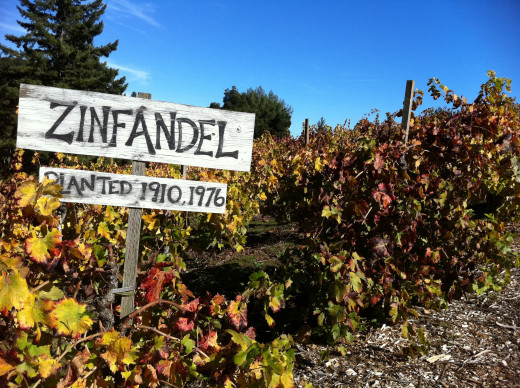
Other Crops in Dalmatia
During the 1500s, the area outside of Split known as Kastela (Castles) became its own municipality. The castles were actually strongholds built by wealthy families who intended to protect their fertile fields.
These landowners created the castle fortresses in order to protect the rich soil along the coastal region between Split and Trogir. There are seven castles all together, also known as the seven pearls of Dalmatia, and each has its own church with protective saint, bell tower and name. Most of these names are associated with the families who built them, like Kastel Kambelovac, for the Kambi family.
The soil near Kastela is extremely rich and fertile, supporting a whole variety of crops from A to Z. Whatever is planted here, thrives, and that made it very attractive to the Ottoman Turks. In the 1500s to the 1700s, the Ottomans terrorized the coastline relentlessly. They had already seized the interior and so the people of Dalmatia prepared for this formidable enemy.
In and around Kastela, a fruit basket of products can be found. Most famous of these is the Kastellan sweet cherry, which is found in June. There are also sour cherries, peaches, and nearly every type of fruit and vegetable known to grow in these parts. Another extremly fertile area is the island of Vis.
As mentioned previously, the land in Dalmatia is very rocky, with poor soil and inconsistent rain. There is even a type of wine crop called Babić wine that is grown outside of Primorsten area which is growing directly from the rock terraced hillsides. This was one of the few instances where perenospora did not destroy the wine products, since the disease traveled through the soil, not rock.
The lavender plant, which is also the herb rosemary, grows well in this rocky soil and is often found on the rolling hills on the interior of Hvar, a Dalmatian island. The rosemary bush is strong enough to survive these harsh conditions.
Picturesque Primorsten, Known for Its Babić Wine
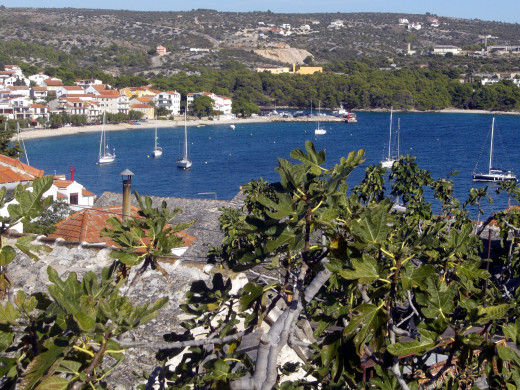
Cherry Blossoms
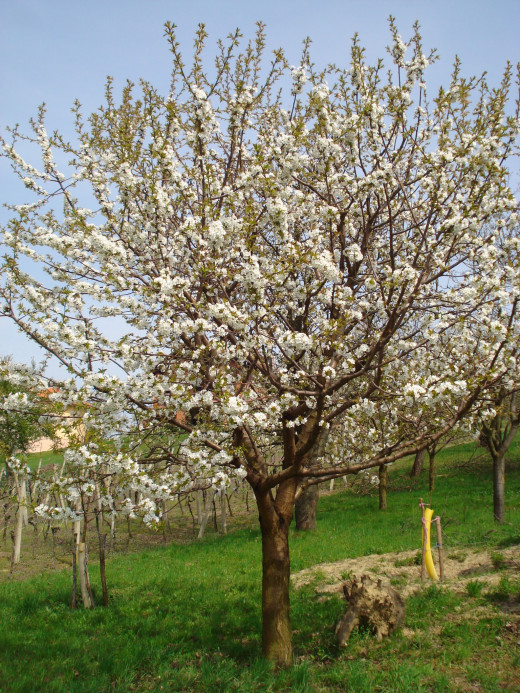
Agriculture and Immigration
It's been said that "you can't take it with you" but in fact the Croatian farmers, or TEŽOKs, did. This word means difficult, because of the difficult life they led. The grapes need to be tended nearly on a daily basis - pruned, tied to the wires, protected in case of fierce winds or rainstorms which can knock the fragile blossoms off the vine. No flower, no fruit. Then the fruit begins to appear and so do the pheasants. It is a thankless job to tend a vineyard, and then there is always someone who will steal your grapes. The sugar is measured with a type of thermometer to see if the sugar concentration is high enough to bear the fruit. Anything over 23% sugar concentration is reserved for a special dessert wine served at Christmas time called Prošek.
The Croatian wines went to Saratoga, Mendocino, South America, Australia and perhaps even Germany. After the early 20th century mass emmigration, another big wave of mass emmigration occurred in the 1960s due to political problems in Croatia. At this stage, many Croats went to Australia, while the earlier settlers went to North and South America. They brought their crops with them and resumed the life they knew, but under better political and economical conditions. Incidentally many of them returned again as retired people.
The lovely fragrant fields of Lavendar...
